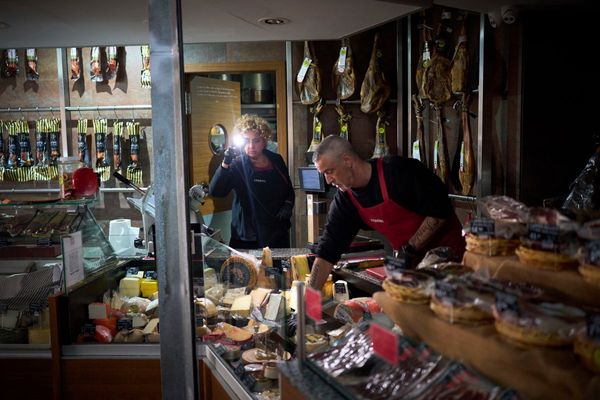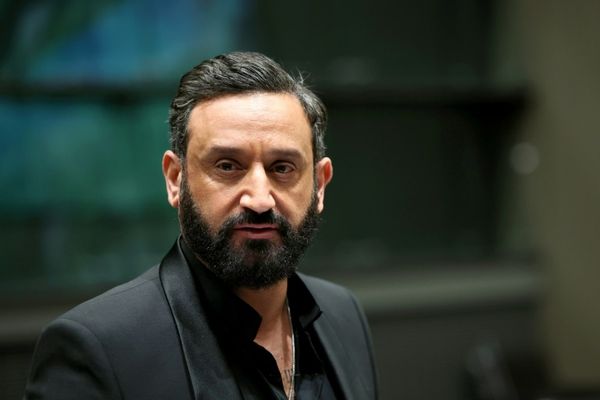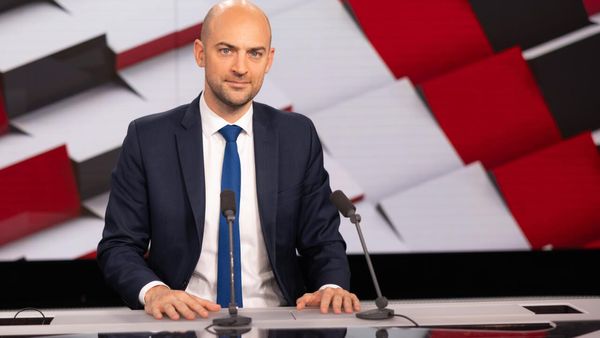Every year in late spring, Paris and London play host to the world’s tennis elite. As an amateur tennis player but a professional economist, this year I wandered the grounds of Rolland-Garros to discover the mysteries of international tennis competitions. Appropriately, economics has used game theory, a branch of applied mathematics, to explore how they play out, and even developed a theory of tournaments.
As with other professional sports, tennis doesn’t just offer huge trophies to be waved in front of cheering crowds. What makes it so special is the immense disparity in prize money between the different rounds of the competition. The 2024 winners of Roland-Garros were Carlos Alcaraz and Iga Świątek, each of whom pocketed 2.4 million euros. The figure below provides an overview of this for the Masters tournaments as well as the Grand Slam tournaments (Roland-Garros, Wimbledon, the US Open and the Australian Open).
Attracting the biggest stars
The prizes serve a dual purpose. First, they attract players to the competition, particularly the biggest stars. Clearly, in the eyes of the organisers of the four major tournaments, the prestige and international ranking points they generate are not enough to ensure the presence of most of the world’s top 100 players. This is particularly true of the Australian Open because of its geographical distance. The second point is perhaps less intuitive: ensuring that players give their best. This presupposes that they will put more effort into their matches if victory brings them more money.
A small number of empirical studies have highlighted this effect. It has been estimated, for example, that on-court performance increases by around 1% when the differential between the prize money awarded to the winner and that awarded to the runner-up doubles. Or that the favourite of the match has a 2.8% greater chance of winning when the differential increases by more than half compared with the average. Note that the demonstration is not straightforward, as player effort is not directly observable. It is therefore assumed that the performance of the players or the level of play of the favourite reflects the efforts made, all other things being equal.
From a theoretical point of view, players’ responses to financial incentives is not surprising. Tennis competitions are organised as a series of successive matches in which only the winner is allowed to go on to eventual victory. A tournament, then, modelled precisely by the economic theory of the same name. It is based on the idea that an individual’s performance depends on his talent and effort, and that he or she adjusts the latter according to the expected gain – i.e., the amount of the bonuses successively offered to the winners of the matches minus the cost of the effort. The competitor increases the probability of victory by exerting a greater effort given the talent and effort of the opponent as well as her or his own talent.
Need for inequality in the scale?
Tournament theory implies establishing a highly unequal prize system. Let’s reason by absurdity and assume that the prize is the same for all duels. Individual effort would inevitably slacken from the first elimination rounds through to the final. Imagine, for example, that the prize money for winning the quarter-finals, semi-finals and final is 100,000 euros per match. A quarter-finalist can expect to take home 300,000 euros only if she or he goes on to win all the events. Once she or he reaches the semi-finals, the additional gain would be only 200,000 and once in the finals, it’s reduced to 100,000 euros. The prospect of a decreasing expectation of winning would mean a decreasing effort as the tournament progresses.
To ensure that individuals make a constant effort from one round to the next, the prize must increase from one round to the next. Tournament theory even suggests offering an incomparably higher prize for the winner of the final because once it has been won, and there is no new duel ahead. Organisers of tennis competitions are probably not familiar with the economic theory of tournaments, but it appears that they unknowingly follow its precepts.
Service strategists?
The tennis serve is the only move perfectly in one player’s hands. They alone act, not just react. They alone decide where to place the ball in the opponent’s court, as well as the effect and speed. Naturally, if the receiver knew this in advance, the return would be more effective. Hence the need to serve unpredictably on the opponent’s backhand or forehand. And not to systematically serve on one of their flanks, even if it’s a little weaker.
Statistically, the probability of winning the point by serving on the right or the left is almost identical. For example, in 10 matches in which champions such as Bjorn Borg, John McEnroe, Ivan Lendl or Pete Sampras served 3,026 times, the server won the point on average 65 times out of 100 by serving right and 64 times by serving left. This is despite the fact that, in these matches, they served slightly more to the right than to the left, a difference that reflects the fact that, on average, they serve more effectively to that side.
Once again, this comes as no surprise to any theorist. Equal probability is expected by game theory. When faced with uncertainty, decision-makers follow a strategy known as “minimax regret”. This consists of minimising the maximum number of regrets they may have when making their decision – that is to say, when the regret of not having chosen the best solution is minimal.
The statistics quoted above come from the article “Minimax Play at Winbledon”, which appeared nearly 20 years ago. Its authors model the theoretical game of the service point as a double choice: that of the server but also that of the receiver who prepares his forehand or backhand a little in advance, for example by positioning himself a little further to the right or left of the baseline. The balance of this game is given by a precise proportion of right/left serve: that for which neither the server nor the receiver has any interest in deviating as they would then lose more often.
The statistical equality of the probabilities of winning right and left was recently confirmed over 3,000 matches and half a million service balls. It has to be said that the 3026 serves from the ten matches mentioned above were painstakingly collected by the researchers by watching them themselves. Since the introduction of Hawk-Eye, the electronic refereeing system that reconstructs the trajectory of each ball and even allows television viewers to see where it landed, a mass of data is now available.
Professional players, anxious like everyone else?
Perfectly following a “minimax regret” strategy also assumes that the players reach the equilibrium proportion in a random sequence. If this proportion is, for example, two thirds of serves to the right and one third to the left, it’s not a question of serving twice to the right then once to the left or vice versa and then repeating the operation. Professional tennis players don’t follow this theory. They tend to change sides too much compared to a machine that would establish purely random right/left sequences. They are not robots.
An observation about humanity that is easily verified by everyone. Robots wouldn’t grunt when they hit the ball like Monica Seles in her day. Or, like Rafael Nadal, follow a long ritual of tics before serving. On a more serious note, it has been observed in professional circuit matches that winning one point increases the probability of winning the next. A feeling of increased confidence, no doubt. And conversely, losing the previous point increases the probability of losing the next. A likely sign of rising anxiety.
Empirical studies seem to show that it does not spare professionals. In a recent study published in Psychology of Sports and Exercise, a trio of researchers looked at both the points that follow an obvious error (such as a double fault on serve) and those that are crucial at some point in the game (such as the tie-break, set and match balls), points for which the pressure on the player’s shoulders is highest.
Half human, half robot
The researchers discovered that a crucial point following a missed ball was more likely to be missed than an ordinary point. And that match winners are no more immune to this heightened effect of anxiety than match losers. If they win their match, it’s not so much because they are calmer on crucial points, but because they maintain a higher general level of play. A cognitive flaw that does not spare commentators would have them systematically take successful crucial balls as proof of composure.
There are exceptions, however. In an attempt to typify the mentalities, male and female tennis players based on data relating to almost 1,000 players and 3 million points, an economist and a statistician have shown that the great champions form a category apart by their spines of steel
There are a dozen male players, including Djokovic, Nadal and Federer, who have won 56 Grand Slam singles finals between them. Among the women champions, Serena Williams stands out, having notched 23 Grand Slam singles wins.
Such champions serve the tie-break balls better, are less affected when a point has been lost, and they raise their game on in ways that allows them to take their opponent’s serve. While they’re not to be insensitive to questions of money, they have the skills, mental capacity, and composure to surpass themselves and rise above.
I hope you enjoy the tennis matches to come, both as a player in your club and as a spectator or viewer.
François Lévêque ne travaille pas, ne conseille pas, ne possède pas de parts, ne reçoit pas de fonds d'une organisation qui pourrait tirer profit de cet article, et n'a déclaré aucune autre affiliation que son organisme de recherche.
This article was originally published on The Conversation. Read the original article.







